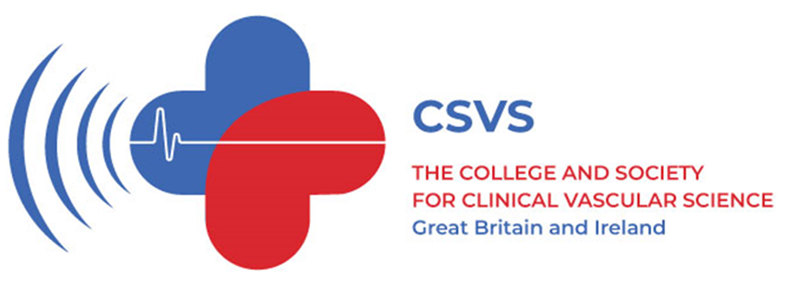Protocol
Effectiveness of antimicrobial dressings in surgical site infection prophylaxis in surgical wounds healing by secondary intentions (SWHSI): a systematic review protocol
Introduction Healing by primary intention occurs when the incision edges are approximated with physical means (sutures, staples, etc) after surgery. Surgical wounds healing by secondary intention (SWHSI) refers to surgical wounds left open after a surgical procedure. The general definition of SWHSI is a wound left open arising from any surgical specialty and occurring on…
Read MoreUse of rigid dressings versus soft dressings in the management of lower limb amputations: a systematic review protocol
Introduction Amputation is often the most appropriate treatment for patients with a non-salvageable ischaemic limb, fulminant diabetic infection or after major trauma.1 The aim of the procedure is to relieve pain, preserve life and facilitate prosthetic reconstruction of the limb. In the UK, the annual lower limb amputation (LLA) rate is 11 per 100,000…
Read MoreMotivating Physical Activity with a Walking Exercise Behaviour Intervention and Pain Management Remotely in Intermittent Claudication (MAvERIC): protocol for a randomised controlled feasibility trial
Introduction Peripheral arterial disease (PAD) affects approximately one in five people aged >60 years.1,2 In addition, 40–75% of these people experience intermittent claudication (IC), a chronic manifestation of PAD which commonly presents as limb pain and reduced exercise tolerance.3,4 People with PAD and IC experience disability and impaired quality of life due to reduced physical…
Read MoreSurgical Site Infections in Major Lower Limb Amputation: An International Multicentre Audit (SIMBA): Study Protocol
Introduction Background and rationale Surgical site infection (SSI) is a significant potential complication of any surgical procedure, acknowledged by the National Institute of Health and Care Excellence (NICE) as a leading cause of in-hospital morbidity and mortality.1 In vascular surgery, patients undergoing major lower limb amputation (MLLA) may be at an increased risk of developing…
Read MoreThe FraiLTI (Frailty in chronic Limb-Threatening Ischaemia) Protocol
Introduction Frailty, a concept gaining significant attention in recent years, is defined as a clinically recognisable state of increased vulnerability resulting from ageing-associated decline in reserve and function across multiple physiologic systems such that the ability to cope with everyday or acute stressors is compromised.1 Frailty leaves patients vulnerable to stressors such as illness, trauma…
Read More










